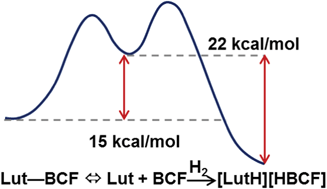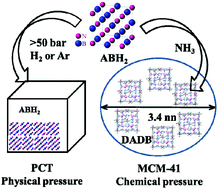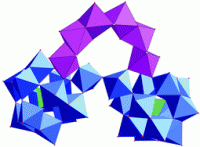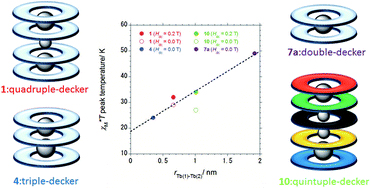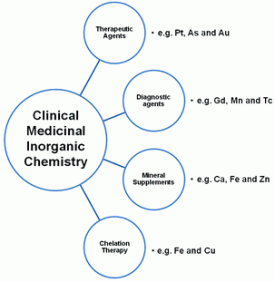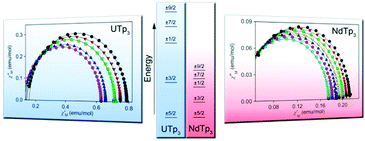Scientists in Mexico and Spain have synthesised a ruthenium complex using a N-heterocyclic CNC pincer ligand.
Lutidine-derived pincer complexes are well established amongst organometallic chemists. More traditionally, the pincer ligand motif, PNX has been utilised (where P is a phosphine and X is either a phosphine or N donor ligand) but substitution of phosphines with stronger electron-donating N-heterocyclic carbenes has meant that more active catalytic species have been made for promoting hydrogenation of non-active esters. Mostly speaking, these ligands follow a CNN coordination pattern. According to the researchers, the only CNC pincer complex reported coordinates to the ruthenium centre in a mer geometry.
In their latest Dalton Transactions Communication, the team report on the synthesis of a CNC ligand which coordinates to ruthenium in an usual fac mode. They proved that the resultant complex can be used to catalyse the hydrogenation of imines by firstly deprotonating one of the ligand methylene bridges.
To read more about this development, read the full article now…
Hydrogenation of imines catalysed by ruthenium(II) complexes based on lutidine-derived CNC pincer ligands
Martín Hernández-Juárez, Mónica Vaquero, Eleuterio Álvarez, Verónica Salazar and Andrés Suárez
Dalton Trans., 2012, Advance Article













